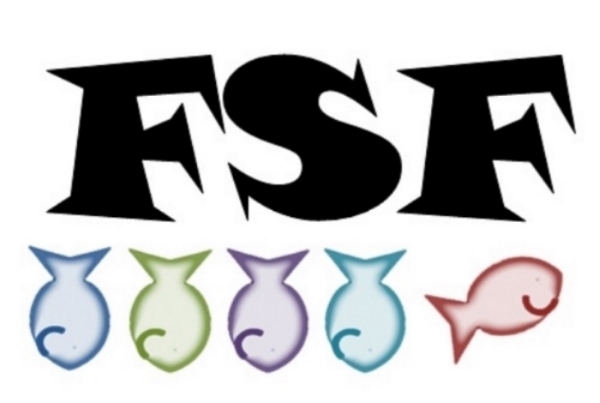Writing good sidekicks, best friends, and minor yet important characters is just as important as your main characters. Still, they fall into stereotypes so often that it sometimes wrecks the original mood of a book. So, here's a list:
Secondary character stereotypes to avoid:
1. The Sassy Gay Friend: it’s always wonderful to create a diverse world filled with people of all backgrounds, but make then real. They become the comic relief without any real substance. This was something started by goofy 80s movies and somehow followed our culture into the new millennium.
2. The Harassing/Overbearing Boss: We all want to secretly stick it to "the man". We want to pour our own frustrations from work into our books (yes, Young Skywalker, use your anger). But a character can go very quickly from being the usual boss you love to hate to a full blown character trope. The male bosses all become handsy and the female bosses are all bitches with something to prove. They have no family save for a spouse that everyone pities and no friends. It’s fine if this character is only appearing for a few key moments within the story but if they are a reoccurring character you need to make them a little more human.
3. The Wise Wizard: Have you ever met a wise magic person? Neither have I? I think writers live this because it’s an easy way to move along a hero’s journey. What is a quest without a wise wizard? Less convenient, but might be a better story.
4. Talking Heads & Informative Bookworms: Exposition machines who do nothing by data dump need to be stopped - except Bob in the Dresden Files.
5. The Rogue: Oh, he's so sexy, but you know he's bad. Even Jane Austen managed to make most of her rogues well-rounded, but they can borderline onto soap-opera territory.
6. Muscular Barbarian: Make your characters figure out how to open their own damn doors. The D&D equivalent of the Hulk rarely gets to do much beside the occasional mighty chortle and break something.
7. The Bumbling Sidekick: This is really only acceptable in Disney cartoons or buddy comedies.
If you need some good examples, ask yourself "What the Dickens?" Any secondary characters in any Charles Dickens novel are always good first examples. Dickens created people in his books, not characters. No one, no matter how insignificant to the main plot, was ever purely good or purely evil. Some were very eccentric with ridiculous names, but the all still felt like people you could pass in a busy city in real life.
And people watching. It's both a great writer's tool and a way to creep out the neighbors you don't want to socialize with anyway.

